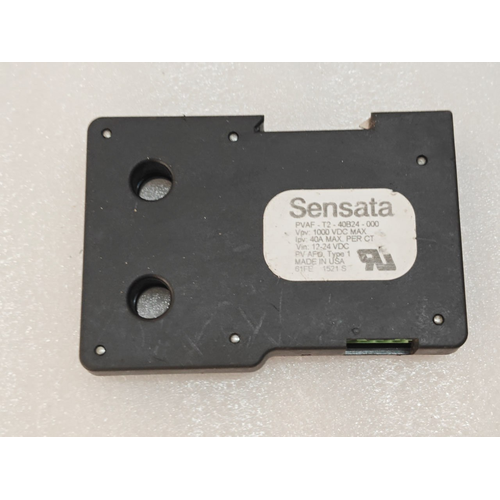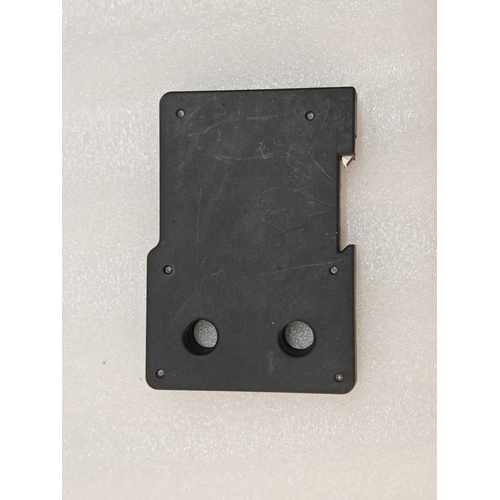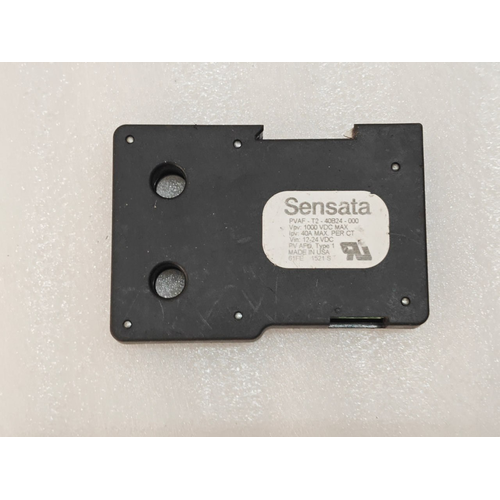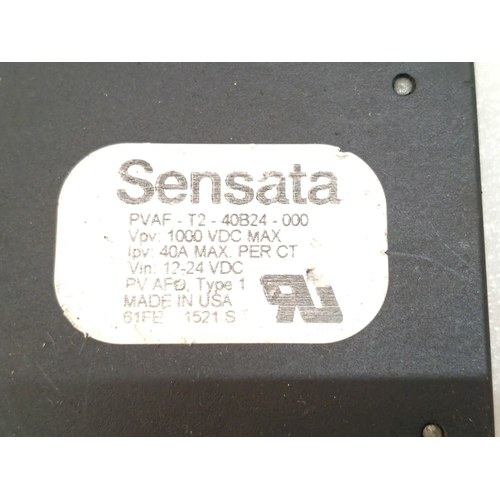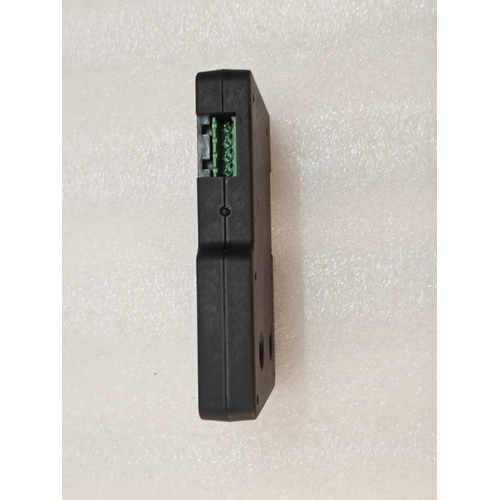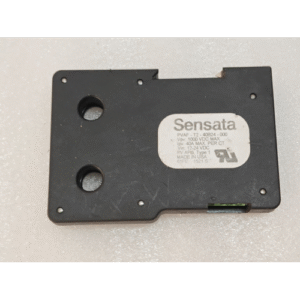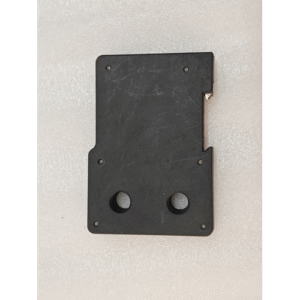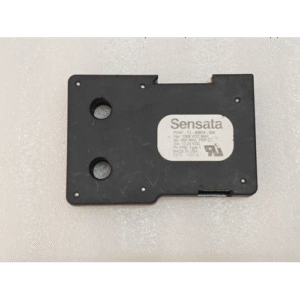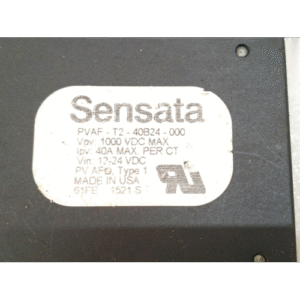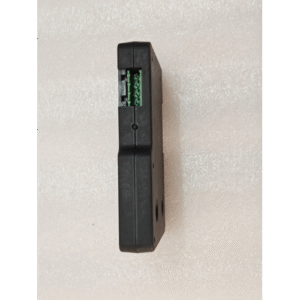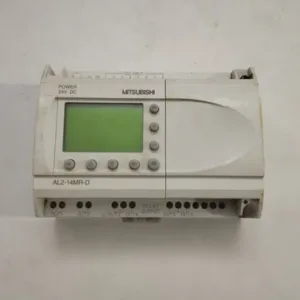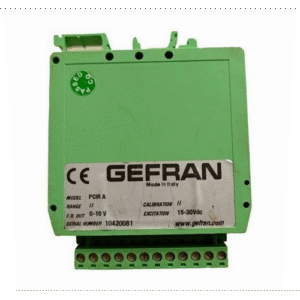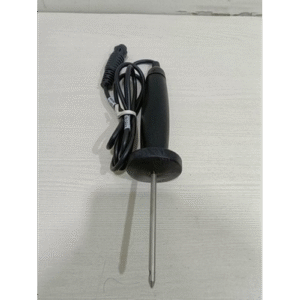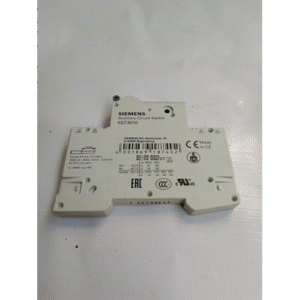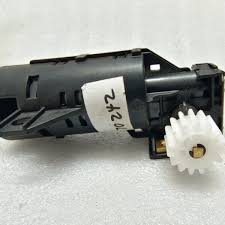- AUTOMATION EQUIPMENT
- ELECTRICAL ITEMS
- AMPLIFIER & UPS
- BATTERY CHARGER & INVERTER
- CIRCUIT BREAKER & BLOCKS
- CONTROL UNIT
- ELECTRIC CONTROLLERS
- FIRE ALARAM SYSTEM
- FUSES & CAPACITOR
- HEADPHONE & SPEAKER
- HMI & DISPLAY
- MISC ELECTRICAL
- PCB
- PLC SYSTEMS
- POWER SUPPLY
- PRINTER & CPU
- RELAY
- SENSORS
- SERVO DRIVES & MOTORS
- TELECOME & COMMUNICATION
- THERMOSTAT
- UNCATEGORIZED
SENSATA SOLAR ARC FAULT DETECTION MODULE PVAF T2 4824 000 15:54
$127.50
| Product Conditioned | NEW |
|---|
Free Shipping apply to all orders over $199
Guaranteed Money Back in 30 days return.
24/7 Customer Support
Share:
Hotline Order:
(+101) 5620 - 8155
Email ID:
xstore@support.com
SENSATA SOLAR ARC FAULT DETECTION MODULE PVAF T2 4824 000
The Sensata PVAF-T2-4824-000 is a specialized safety device designed to mitigate the risk of fire in photovoltaic (PV) solar installations by detecting and interrupting dangerous series and parallel arc faults. It is a critical component for enhancing system safety and is often required to comply with electrical codes like the NEC (National Electrical Code).
Think of it as a highly sophisticated “smoke detector” for your solar panel wiring. It constantly monitors the electrical signature of the DC current and can distinguish between normal operation and the unique, erratic pattern of an electrical arc, which can generate extreme heat and cause fires.
Key Features & Benefits
-
Enhanced Fire Prevention:
-
Primary Function: Detects both series arc faults (caused by broken or loose connectors in a current-carrying conductor) and parallel arc faults (caused by insulation damage leading to current flowing between conductors).
-
Rapid Response: Upon detection, it quickly opens a built-in contactor to de-energize the circuit, stopping the arc and preventing a potential fire.
-
-
NEC Compliance (for specific applications):
-
This module helps systems comply with NEC 690.11, which mandates arc-fault protection on PV systems operating at 80V DC or higher, with some exceptions. It is a key solution for meeting this safety code.
-
-
Robust and Reliable Design:
-
High DC Voltage Rating: Designed for the demanding high-voltage DC environments of commercial and utility-scale solar farms.
-
Durability: Built to withstand harsh environmental conditions typically found in solar applications.
-
Nuisance Tripping Mitigation: Advanced algorithms help distinguish between actual hazardous arcs and normal operational “noise” from inverters or other equipment, reducing false alarms.
-
-
Integrated Contactor:
-
Unlike some arc fault detectors that only provide a signal, this module contains its own built-in contactor (relay). This means it can directly disconnect the PV array from the inverter, providing a complete shutdown solution.
-
-
Monitoring and Diagnostics:
-
Features LED status indicators for at-a-glance monitoring of power, fault conditions, and device status.
-
Provides a dry contact (relay output) for remote alarm signaling, allowing system monitors or SCADA systems to be alerted to a fault event.
-
Technical Specifications
-
Manufacturer: Sensata (formerly Gigavac)
-
Model: PVAF-T2-4824-000
-
Product Type: PV Arc Fault Detection Module with Integrated Contactor
-
DC Voltage Rating: Up to 1500VDC
-
Current Rating: Typically 24A (confirm with the specific datasheet for absolute rating)
-
Auxiliary Power Supply: 24V AC/DC (as indicated by the “4824” in the model number)
-
Output: Form C Dry Alarm Contact (for remote signaling)
-
Standards Compliance: Designed to meet UL 1699B (Standard for Arc-Fault Circuit-Interrupters for PV Systems).
-
Mounting: Designed for DIN rail installation, a standard in electrical enclosures.
Typical Applications
This module is used in a wide range of solar installations where safety and code compliance are paramount:
-
Commercial Rooftop Solar Arrays
-
Utility-Scale Ground-Mount Solar Farms
-
Solar Power Plants
-
Any PV system where rapid shutdown and arc fault protection are required by code or desired for risk mitigation.
How It Works in a System
-
Continuous Monitoring: The module is installed in the DC string combiner box or near the inverter. It constantly analyzes the current flow from the PV strings.
-
Arc Signature Detection: Its internal electronics are programmed to recognize the high-frequency noise and current characteristics unique to an electrical arc.
-
Fault Decision: Once a genuine hazardous arc is confirmed, the module triggers its internal mechanism.
-
Circuit Interruption: The integrated contactor opens, physically breaking the DC circuit and extinguishing the arc.
-
Alarm Signaling: The device changes its LED status and activates its dry contact output, sending a signal to a monitoring system to alert the operator of the fault and shutdown.
We're here when you need us
Get a Quick Quote
Complete our online form.
Call US
Speak to one of our team.
Live Chat
Send us a message
Speak to one of our team.


